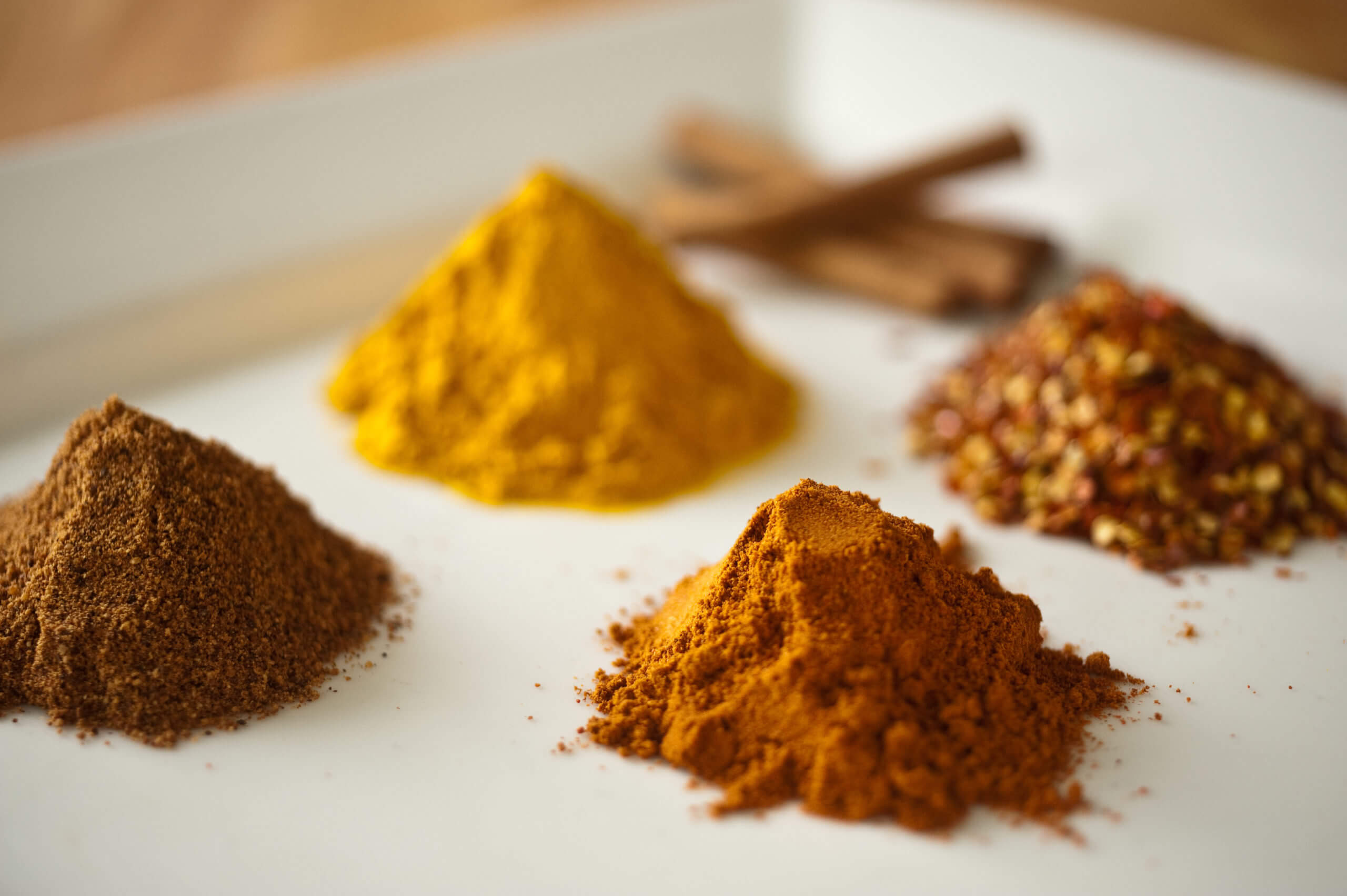5 Spices To Use Instead of Salt

Salt is one of the most common seasonings used, especially when cooking meals at home. A pinch of salt is a quick and easy way to give your food some flavor. However, consuming too much salt can lead to health consequences such as heart disease, the leading cause of death in the United States.
As a cooking enthusiast who enjoys trying new dishes and techniques, it’s time to step up your meals with seasonings and spices other than simple table salt. We have gathered the best five spices that serve as great alternatives to salt.
Not only will these spices add even more flavor to your meals, but they also offer fantastic health benefits. Some you can even grow right in your own garden!
By the end of this article, you’ll have learned how to master these five spices to significantly improve your home cooking.
Oregano
Oregano is an herb that you can grow right in your garden. There’s nothing better than stepping outside and picking a few leaves to throw in your pot or pan.
This seasoning can be used fresh or dried and crushed, which you can sprinkle onto your food.
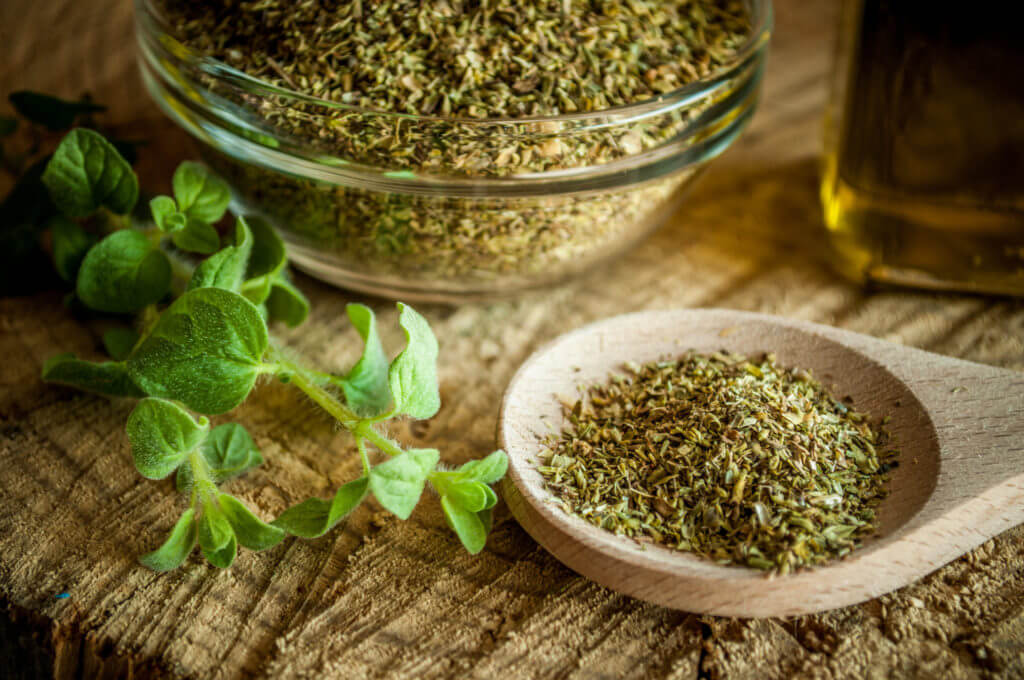
How It Tastes
Oregano has a pungent smell and can taste bitter if too much is used. Many Mediterranean dishes use this seasoning to add some extra flavor and spice.
What It Goes With
If you’re cooking meat such as chicken or lamb, you have an excellent opportunity to add some oregano, mostly if soaking it in a marinade beforehand.
Oregano also goes well with breads, especially pizza crust. You can toss it over a salad or use it in a dressing.
One of the best ways to use oregano is with tomato and mozzarella. It’s the perfect finishing touch to a Caprese salad or a homemade pizza.
Health Benefits
This seasoning is packed full of antioxidants and also serves as an anti-inflammatory. With the phytonutrients carvacrol and thymol, which make up 92% of the compounds found in oregano, there is also a possibility that the herb can fight infections.
Thyme
Thyme is yet another seasoning you can grow right in your backyard or a pot on your windowsill. The herb looks like little leaves on a small stalk, making it great for garnishing plates.
You can use thyme fresh or dried and crushed from your local supermarket in your meals.
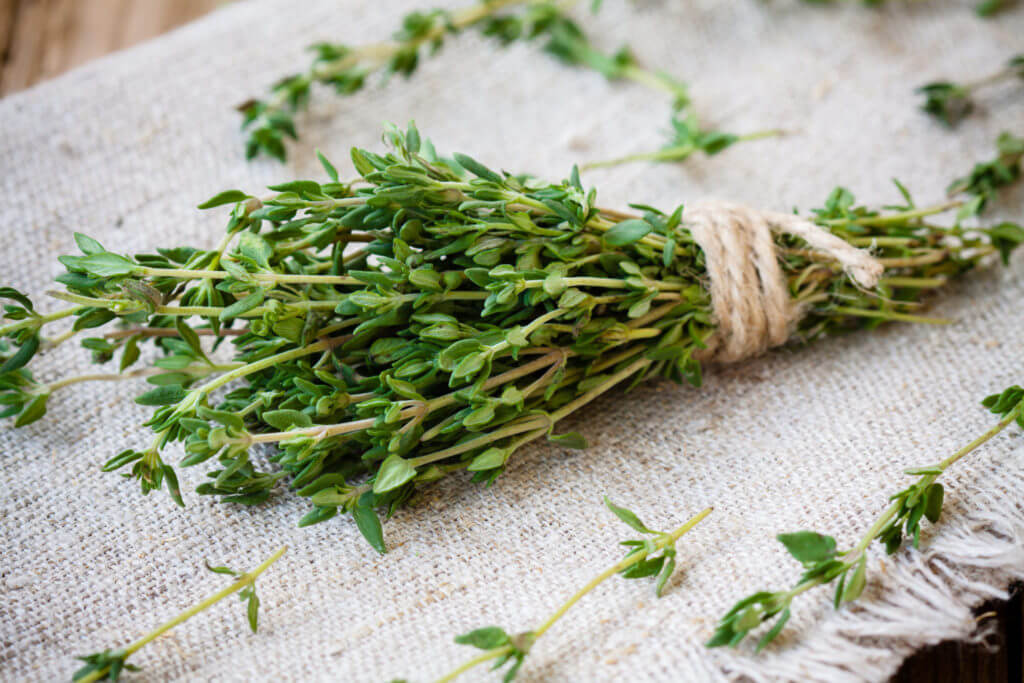
How It Tastes
Thyme has a very pronounced and robust taste. Many describe the taste as sweet. However, it isn’t to be used in desserts.
You can find thyme used in many French and Mediterranean dishes.
What it Goes With
Thyme is a great versatile seasoning to use in your cooking. It goes particularly well with meat such as chicken, lamb, and beef. Soups and stews containing tomato or lentils also benefit from a dash of thyme.
You can even enjoy using a sprinkle of thyme in the morning on your scrambled eggs or fresh cheese.
Health Benefits
There is a great deal of Vitamin C found in thyme, which is excellent for boosting your immune system and fighting off bacteria.
Thyme also contains carvacrol, which has been connected to boosting your mood and happiness. So, when you’re having a bad day and need a hot bowl of soup, make sure to add a dash of thyme in there.
Culinary & Pastry Career Survey
Culinary & Pastry Career Survey
What's your ideal culinary career? Answer 20 simple questions and see if your dream career gets revealed to you.

We’ve compiled of all of the essential questions into one handy guide: Career options, description of skill requirements, and more!


Allspice
Allspice comes from the pimenta dioica plant, which is native to Mexico and Central America. The plant has long green leaves, berries, and blooming small white flowers.
The spice can be used fresh in its leaf form or dried and powdered to season your meals.
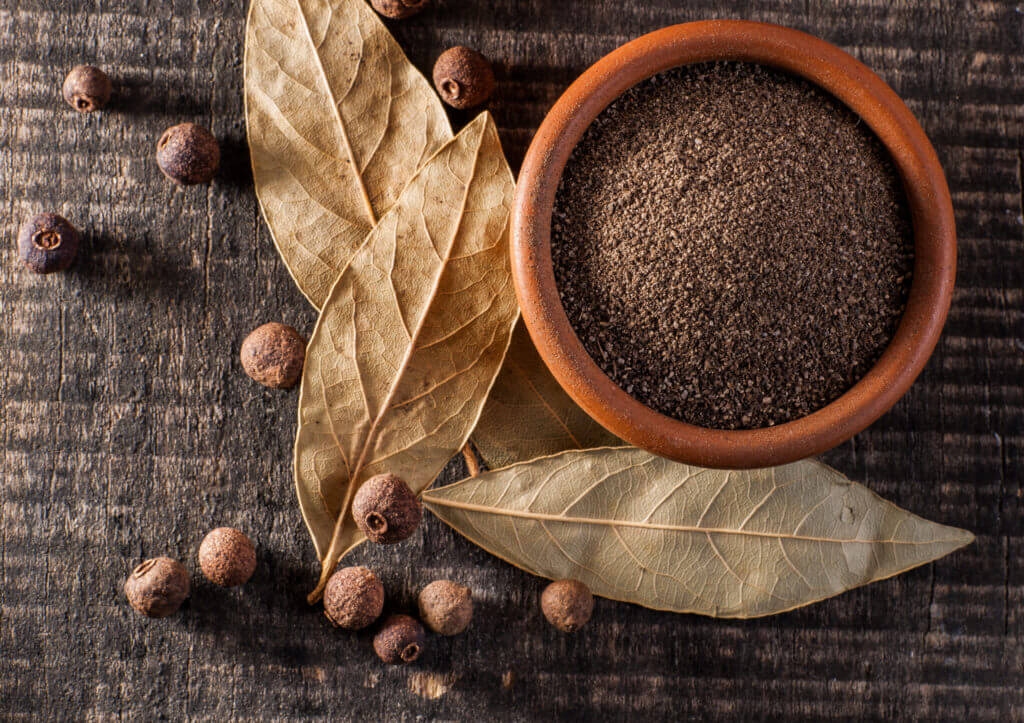
How It Tastes
When asked to describe how Allspice tastes, many people compare it to nutmeg, cinnamon, and cloves. While it may have a sweeter profile, it can be used in both desserts and savory dishes.
Allspice is typically found in Caribbean and Middle Eastern dishes.
What It Goes With
You have probably used Allspice when baking a pumpkin or apple pie for a Thanksgiving dinner, but it’s an incredibly versatile spice.
Homemade BBQ sauce can significantly benefit from Allspice, as well as Jamaican jerk seasoning for your chicken. You can also use the spice on vegetables and in Swedish meatballs.
Health Benefits
You probably won’t feel bloated or uncomfortable after eating a meal with Allspice. This spice aids in digestion and can relieve other stomach-related issues, as well as reduce bloating.
It also has anti-inflammatory effects, which is beneficial to relieve any pain you may experience.
Cayenne
Cayenne is a seasoning not for the weak of heart. Originating in Central and South America, the spice was brought back to Europe by Christopher Columbus and experimented with Spanish cuisine.
This spice is usually powdered but can also be used in its original form as a pepper.
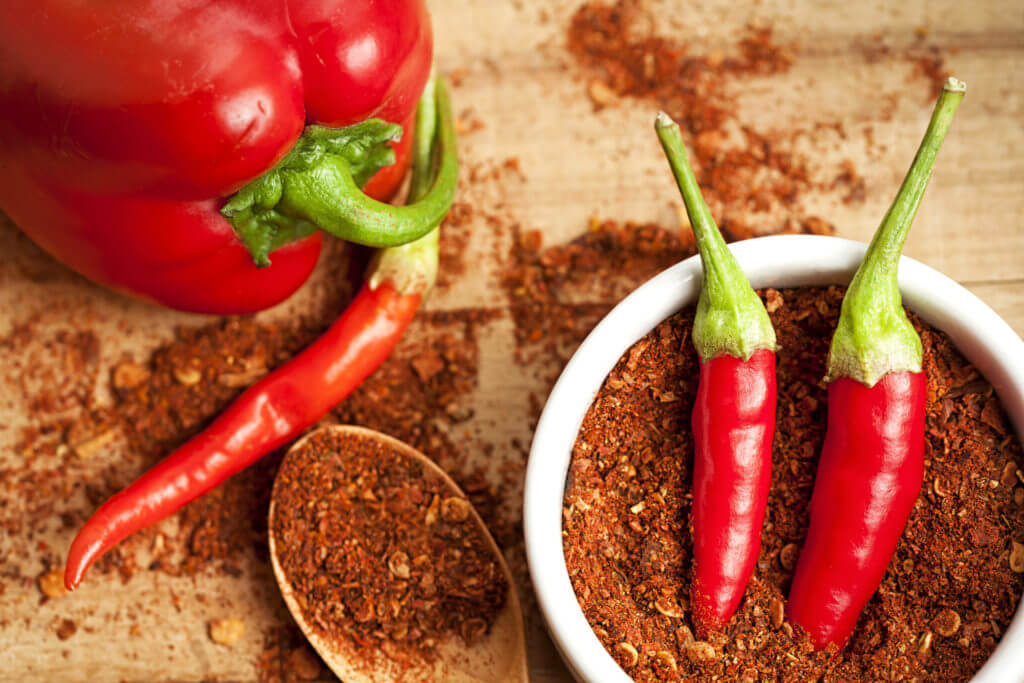
How It Tastes
Cayenne will surely give your meal a good kick in the spice category. This seasoning is described as spicy and peppery. You only want to use a small amount when cooking with it, so you don’t overpower the rest of your meal.
Spanish, Indian, Mexican, and Cajun cuisine often use cayenne.
What It Goes With
Since cayenne has such a robust flavor and spice level, it goes very well with homemade hot sauces, Indian and Asian curries, and marinades for meat like chicken.
Cayenne also goes well with eggs and soups. To give your fried chicken a little extra kick, you can also add it to the breadcrumbs.
Health Benefits
The substance that makes cayenne so spicy is called capsaicin, which is also connected to relieving pain. Other health benefits of cayenne include lowering cholesterol, regulating blood pressure, and even boosting your immune system.
Ginger
Ginger, a root, comes in various forms, including fresh, grated, powdered, and even pickled.
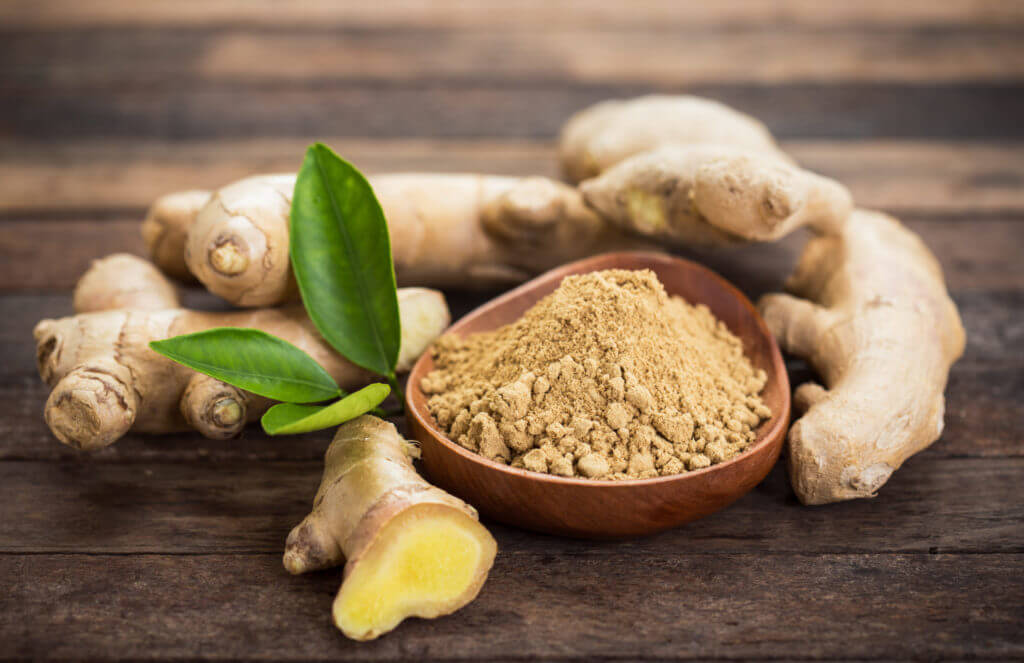
How It Tastes
This spice has an exciting and complex flavor palette. When asked to describe the taste, people often say that it is sweet and hot at the same time. It’s earthy and musty but also has a lemon-citrusy smell to it.
Ginger is very versatile, and the flavor can change based on what else you are cooking it with. The spice is mostly found in Thai, Indian, and Chinese cuisine.
What It Goes With
Thanks to its complex flavor, ginger can be used in a great variety of cuisines and meals. It’s an essential spice when cooking stir fry and can be used to season vegetables and meats, particularly lamb.
It goes very well with salads, soups, and teas. You can also use it in sweet desserts such as ginger cake and ginger cookies.
Health Benefits
When you experience an upset stomach, ginger can help soothe it and also aid with digestion. You can fight the common cold with a hot ginger tea, too.
Ginger contains antioxidants and is an anti-inflammatory, great for treating pain. It has also helped lower blood sugar levels in those with type 2 diabetes.
Expand Your Spice Cabinet with Online Cooking Classes
Explore and experiment with the spices that have been sitting in your spice cabinet. Through our online cooking classes, you could learn how to cook better and healthier meals, so you can ditch relying on salt to season your dishes.
Or earn an online culinary or pastry arts degree or diploma from Auguste Escoffier School of Culinary Arts.
If you enjoyed this article, read these next:
- Top Apps for Finding Recipes for Ingredients You Already Have
- How to Tournée Cut
- An Introduction to the 5 French Mother Sauces
This article was originally published on August 21, 2015, and has been updated.

